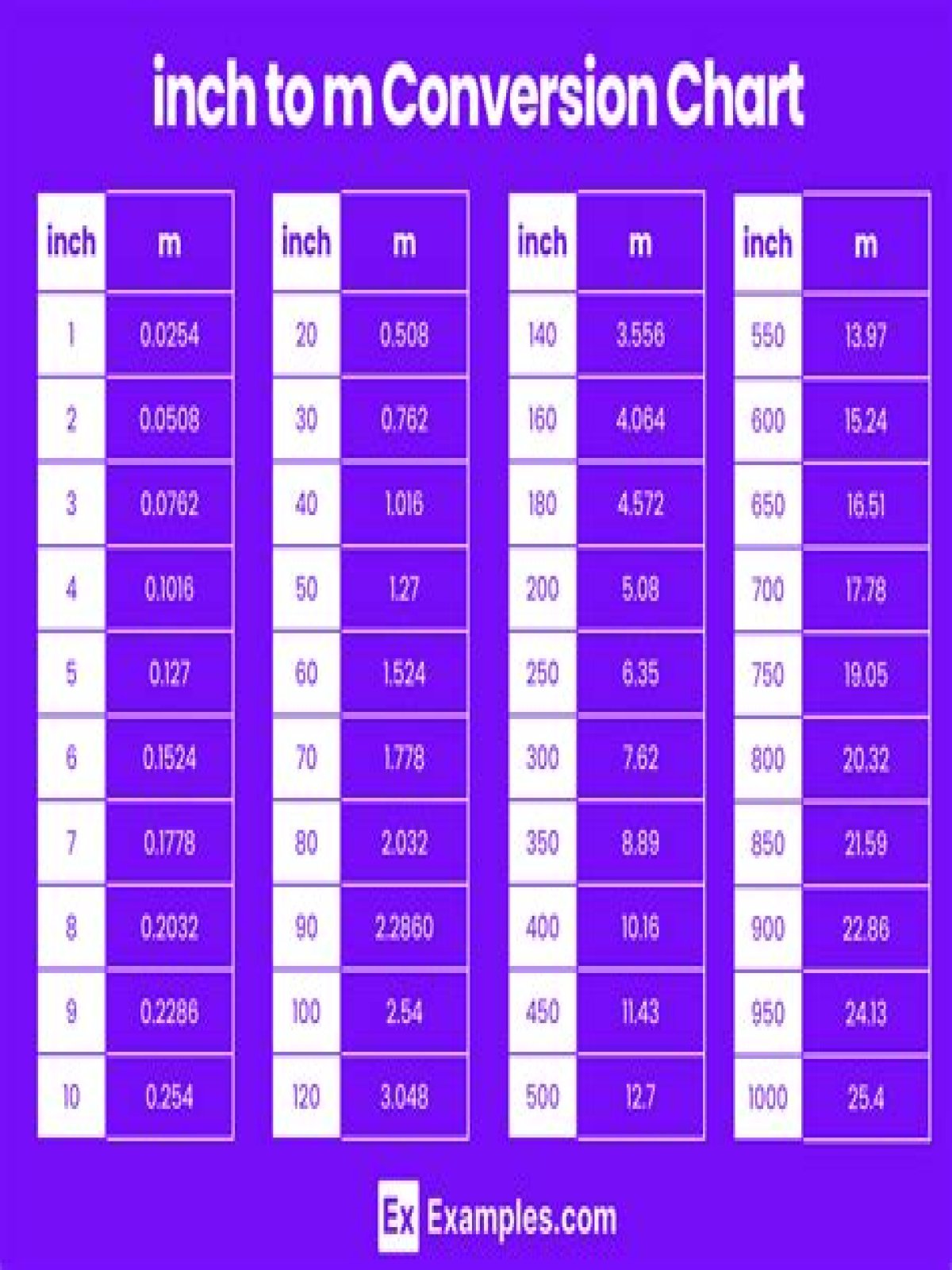Have you ever needed to convert meters to inches for a project, a home improvement task, or just out of curiosity? Knowing how to convert 1.85 m in inches can be quite useful, especially in a world where both metric and imperial systems are commonly used. In this article, we will delve into the conversion process, its applications, and why understanding these measurements is essential in various fields.
In today's globalized world, you may find yourself switching between metric and imperial systems frequently. Whether you are a student, engineer, or simply someone interested in measurements, the ability to convert between these systems can enhance your understanding of various contexts, from science to daily life. In this article, we will not only convert 1.85 m to inches but also provide you with practical examples and contexts where this conversion might be necessary.
By the end of this article, you will not only know how to convert 1.85 m in inches, but you will also understand its relevance in real-world applications. So, let’s dive into the details of this conversion!
- Table of Contents
- 1. The Conversion Process
- 2. Practical Applications of Measurement Conversion
- 3. The Importance of Understanding Measurements
- 3.1 Personal Life
- 3.2 Professional Life
- 3.3 Educational Settings
- 4. Different Methods to Convert Measurements
- 5. Common Mistakes in Measurement Conversion
- 7. Statistics and Data on Measurement Use
- 8. Conclusion
Table of Contents
1. The Conversion Process
To convert meters to inches, you can use the following formula:
Inches = Meters × 39.3701
Now, applying this formula to convert 1.85 m:
1.85 × 39.3701 = 72.8346 inches
Therefore, 1.85 m is approximately 72.83 inches when rounded to two decimal places. This conversion is crucial in many fields, such as engineering, construction, and even fashion.
2. Practical Applications of Measurement Conversion
Understanding how to convert 1.85 m in inches is not just an academic exercise; it has practical implications in various fields:
- Construction: Builders often need to convert measurements when working with different materials or specifications.
- Fashion: Designers frequently use both metric and imperial measurements when creating garments.
- Science and Research: In scientific studies, accurate measurements are crucial, and conversions may be necessary for data analysis.
- Travel and Navigation: Knowing how to convert measurements can assist travelers in understanding distances and dimensions in different countries.
3. The Importance of Understanding Measurements
Understanding measurements and conversions can greatly impact various sectors:
3.1 Personal Life
In your personal life, knowing how to convert 1.85 m to inches can help you make informed decisions when purchasing furniture, appliances, or home decor items.
3.2 Professional Life
In professional settings, accuracy in measurements is critical. Whether you're an engineer, architect, or even a chef, being able to convert measurements quickly can save time and prevent costly mistakes.
3.3 Educational Settings
For students, learning to convert measurements is a fundamental skill that applies to many subjects, including math, science, and geography.
4. Different Methods to Convert Measurements
There are various methods to convert measurements from meters to inches:
- Manual Calculation: Using the formula as discussed above.
- Online Converters: Websites and apps are available that can perform these conversions instantly.
- Conversion Charts: Having a printed chart can be handy for quick reference.
5. Common Mistakes in Measurement Conversion
When converting measurements, it is easy to make mistakes. Here are some common pitfalls:
- Forgetting to use the correct conversion factor.
- Rounding too early in the calculation process.
- Confusing meters with feet, leading to significant errors.
Several tools can assist you in converting measurements accurately:
- Online Conversion Tools: Websites like ConvertUnits and CalculatorSoup offer free conversion tools.
- Mobile Apps: Apps like "Unit Converter" can be downloaded to your smartphone for quick access.
- Scientific Calculators: Many calculators have built-in functions for unit conversion.
7. Statistics and Data on Measurement Use
According to data from the National Institute of Standards and Technology (NIST), the use of both metric and imperial systems is prevalent in the United States, with around 30% of industries using the metric system exclusively. Understanding how to convert between these systems can enhance efficiency and accuracy across various fields.
8. Conclusion
In conclusion, converting 1.85 m in inches is a straightforward process that can have significant implications in various aspects of life. Whether you're working on a construction project, designing a new outfit, or studying for an exam, the ability to convert measurements accurately is essential. We encourage you to practice these conversions regularly and familiarize yourself with the tools available to make the process easier.
If you found this article helpful, please leave a comment below, share it with your friends, or explore other articles on our site for more insightful content!
Thank you for reading, and we look forward to seeing you back here for more informative articles!
Is Kim Ji-won Married? The Journey Of The Beloved Korean ActressThe Last Kingdom Cast: A Comprehensive Guide To The Characters And ActorsCheska Diaz: The Rising Star Of The Entertainment Industry
